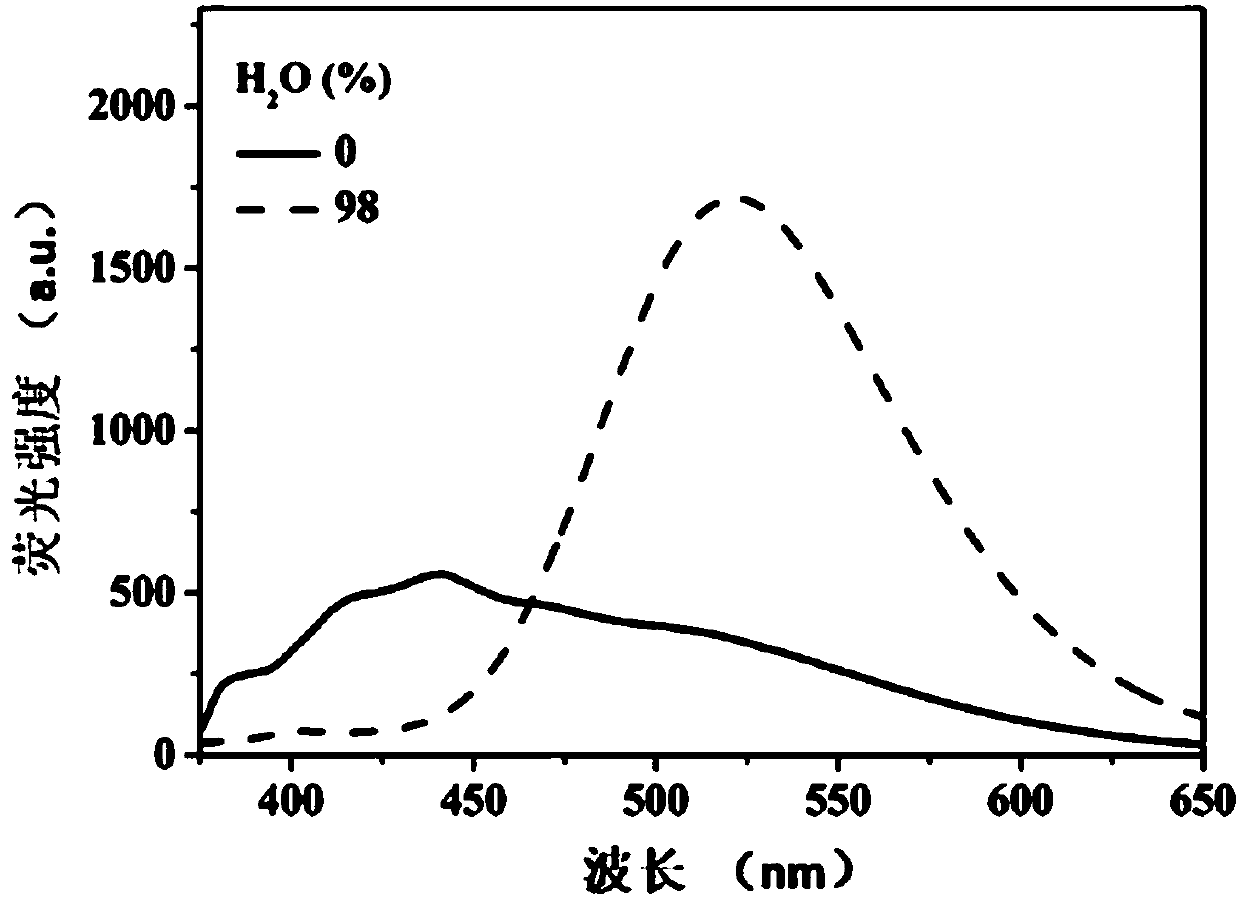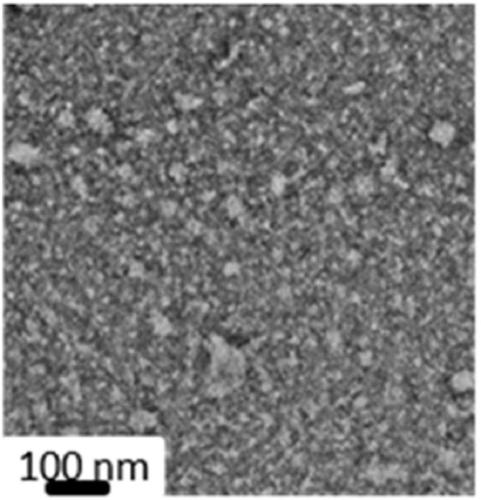Self-assembly material for in-situ construction of artificial extracellular matrix as well as preparation method and application of self-assembly material
A self-assembly, exogenous matrix technology, applied in the field of biomedicine
- Summary
- Abstract
- Description
- Claims
- Application Information
AI Technical Summary
Problems solved by technology
Method used
Image
Examples
Embodiment 1
[0096] In this example, a self-assembling material for constructing an artificial extracellular matrix in situ is constructed. The self-assembling material is composed of a targeting peptide, a self-assembling polypeptide and a bispyrene fluorescent signal molecule. Its chemical structure is as follows;
[0097]
[0098] Its preparation method comprises the following steps:
[0099](1) Swell Wang resin with N,N-dimethylformamide;
[0100] (2) Using the amino acid whose terminal amino group is protected by Fmoc, the side chain amino group obtained by Boc protection, and the bispyrene fluorescent signal molecule whose terminal amino group is protected by Fmoc as raw materials, first, according to the amino acid sequence of Ala-Lys-Glu-Arg-Cys, the Add alanine to Wang resin, carry out coupling reaction and connection with Wang resin; remove the Fmoc protecting group on alanine, carry out coupling reaction and connection between lysine and alanine; until Ala-Lys- Condensation ...
Embodiment 2
[0108] This embodiment prepares self-assembled nanoparticle solution and nanofiber dispersion, the specific method is as follows:
[0109] The self-assembled material prepared in Example 1 was dissolved in DMSO solvent (the concentration of the self-assembled material was 3×10 -3 M), take the above solution and place it in a centrifuge tube, then slowly add deionized water into the centrifuge tube to prepare mixed solutions with different water contents (0%, 98%), and mix the self-assembly material monomer solution (water content 0%) %) and self-assembled nanoparticle solution (water content 98%), carry out the fluorescence detection with the fluorescence spectrophotometer respectively, and the fluorescence spectrum is as follows figure 2 shown by figure 2 It can be seen that the fluorescence intensity of the self-assembled nanoparticle solution (with a water content of 98%) peaks at 525 nm, indicating the formation of J-type aggregates of bispyrene fluorescent molecules. ...
Embodiment 3
[0115] In this example, human breast cancer cell MDA-MB-231 and mouse breast cancer cell 4T1 were used as cell models, respectively, in DMEM medium containing 10% fetal bovine serum, 100 U / mL penicillin and 100 μg / mL streptomycin Medium culture, the culture temperature is 37.0 ℃, CO 2 The concentration is 5.0%. When the cells were cultured to the logarithmic growth phase and the cells were in good condition, the dispersed cells were digested with trypsin for 3 min, centrifuged at 1000 r / min for 3 min, and the supernatant was discarded. Each milliliter contains 10 4 The cell suspension of two cells was added to the laser confocal small dish, cultivated for 24h, and then respectively added 1mL of the 30μM self-assembled material prepared in Example 1 to each confocal dish, put into the cell culture incubator and cultivated for 2h, Pour off the supernatant and wash it three times with PBS, add an appropriate amount of PBS, and perform single-photo...
PUM
| Property | Measurement | Unit |
|---|---|---|
| control rate | aaaaa | aaaaa |
Abstract
Description
Claims
Application Information
 Login to View More
Login to View More - R&D
- Intellectual Property
- Life Sciences
- Materials
- Tech Scout
- Unparalleled Data Quality
- Higher Quality Content
- 60% Fewer Hallucinations
Browse by: Latest US Patents, China's latest patents, Technical Efficacy Thesaurus, Application Domain, Technology Topic, Popular Technical Reports.
© 2025 PatSnap. All rights reserved.Legal|Privacy policy|Modern Slavery Act Transparency Statement|Sitemap|About US| Contact US: help@patsnap.com



